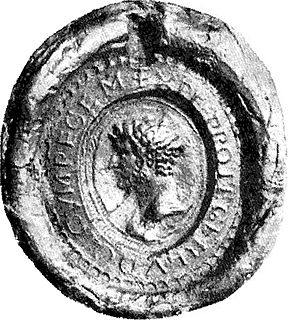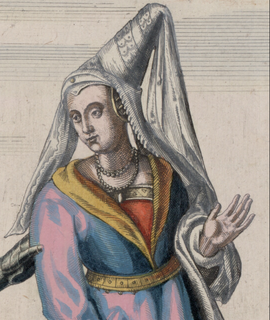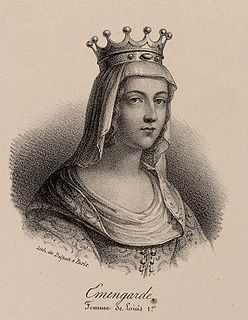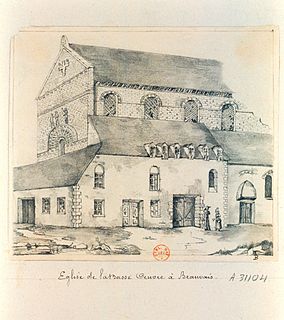Raganar (Reginar, Reiner) (died 8 October 876), Frankish Count. Raganar was a vassal of Charles the Bald and fought in many of Charles' campaigns. [1] The precise counties that Raganar ruled are uncertain but are known to have been south of Thérouanne.

Charles the Bald was the king of West Francia (843–877), king of Italy (875–877) and emperor of the Carolingian Empire (875–877). After a series of civil wars during the reign of his father, Louis the Pious, Charles succeeded by the Treaty of Verdun (843) in acquiring the western third of the Carolingian Empire. He was a grandson of Charlemagne and the youngest son of Louis the Pious by his second wife, Judith.

Thérouanne is a commune in the Pas-de-Calais department in the Hauts-de-France region of France. It is located 10 km (6.2 mi) west of Aire-sur-la-Lys and 13 km (8.1 mi) south of Saint-Omer, on the D 157 and D 341 road junction. Located on the river Lys.
In the Capitulary of Servais, part of District (Missaticum) 4 is identified as "the counties of Reginar". [2] This district, with Thérouanne as its capital and bishopric, stretched south for about 100 km. These counties are most certainly be those of Raganar. Because of the locality of District 4 and the uncertainty of rule in the 9th century, it is likely that these counties included part of Hesbaye.[ citation needed ]
The Capitulary of Servais was the implementation of an agreement between Charles the Bald and his half-brother Lothar to maintain the peace. In a conference of Charles and Lothar at Valenciennes in 853, the missi [literally, the sent ones] were re-established after a long hiatus. Lothar recommended that peace and justice be secured by sending out missi to enforce the laws and help keep the peace. The Diet of Servais confirmed the decisions arrived at during the conference. The Capitulary of Servais was enacted by Charles in November 853 dividing the Franco-Burgundian portion of Charles’ realm into twelve districts (missatica) to enforce the measures of this agreement. According to Nelson, the twelve missicati and associated missi were:
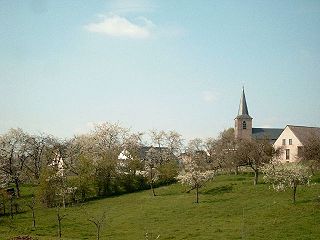
The Hesbaye (French), or Haspengouw is a geophysical region in Belgium, a plateau region of low, fertile hills, running parallel with the northern bank of a section of the Maas river that flows from west to east.
Raganar participated in Charles' 876 campaign against his nephew Louis the Younger. He was standard-bearer during the Battle of Andernach, where he was killed along with a Count Jerome. Numerous other counts as well as Bishop Gauzlin were captured. [3]
Louis the Younger, sometimes Louis III, was the second eldest of the three sons of Louis the German and Emma. He succeeded his father as the King of Saxony on 28 August 876 and his elder brother Carloman as King of Bavaria from 880 to 882. He died in 882 and was succeeded in all his territories, which encompassed most of East Francia, by his younger brother, Charles the Fat, already king of Italy and emperor.
The First Battle of Andernach between the West Frankish king Charles the Bald and the East Frankish king Louis the Younger took place on 8 October 876 near Kettig southeast of Andernach and resulted in Charles' complete defeat.
Joscelin, Goslin, or Gauzlin, Bishop of Paris and defender of the city against the Northmen (885), was, according to some authorities, the son of Rorgon I, count of Maine, according to others the natural son of the emperor Louis I.
Onomastics would suggest that Raganar was somehow related to Count Meginhere (whose son Reginar was executed in 818 for treason) and Gilbert, Count of the Maasgau, [4] father of the founder of the House of Reginar.
Gilbert (Giselbert), Count of Maasgau, was a vassal of Charles the Bald. He is generally described as count of Maasgau on the lower Meuse. This is because the primary document that refers to him calls him "comes Mansuariorum". Mansuaria has however been proposed to be an early Frankish gau in the same general region, probably part of the later Hesbaye.
